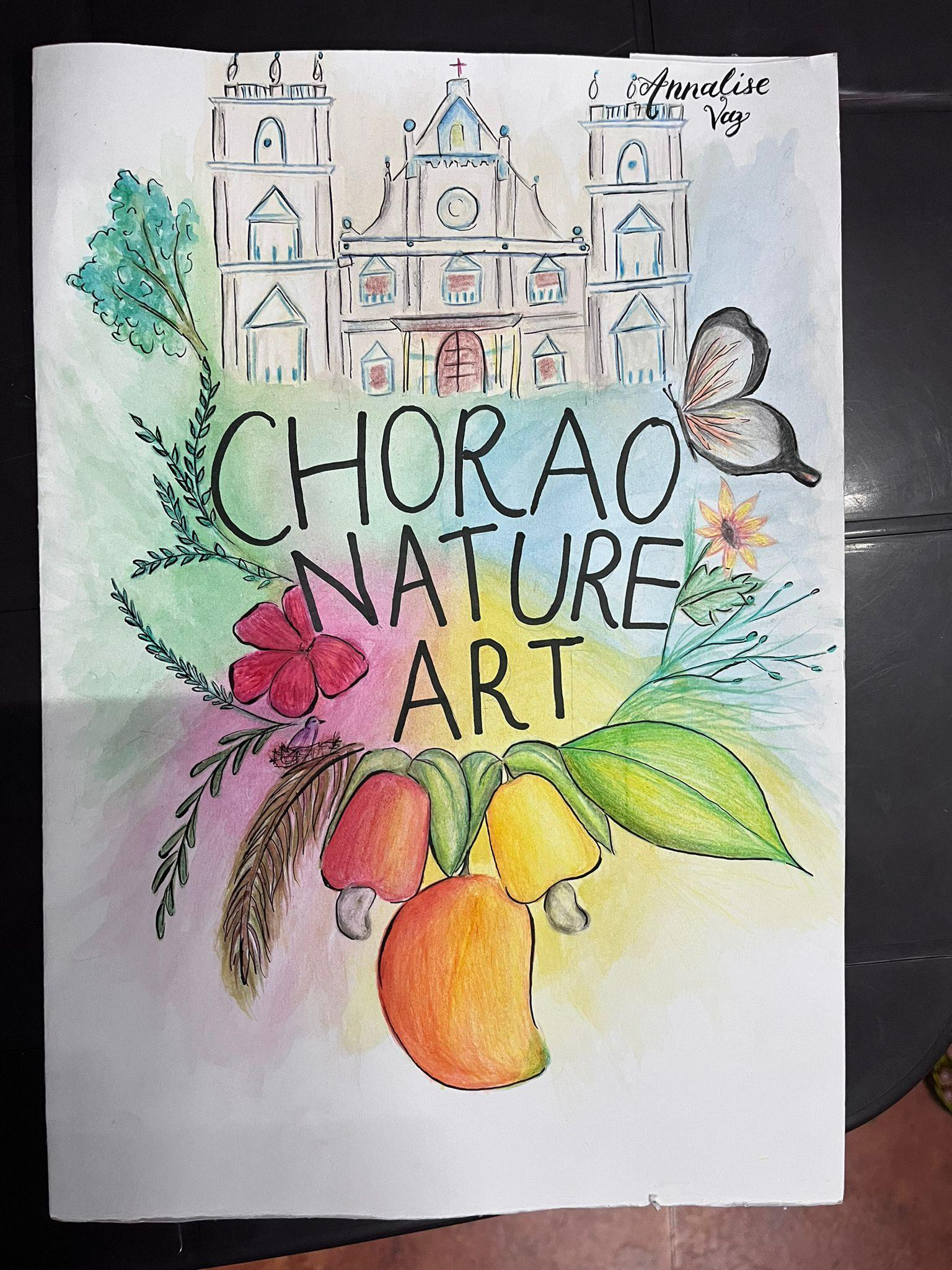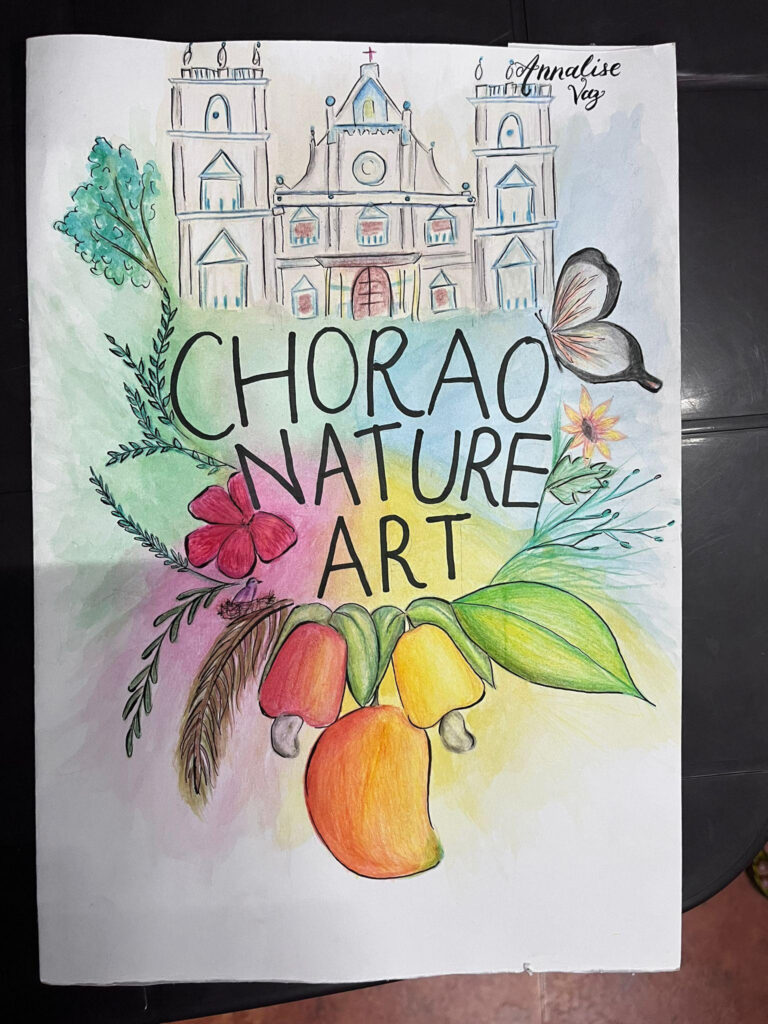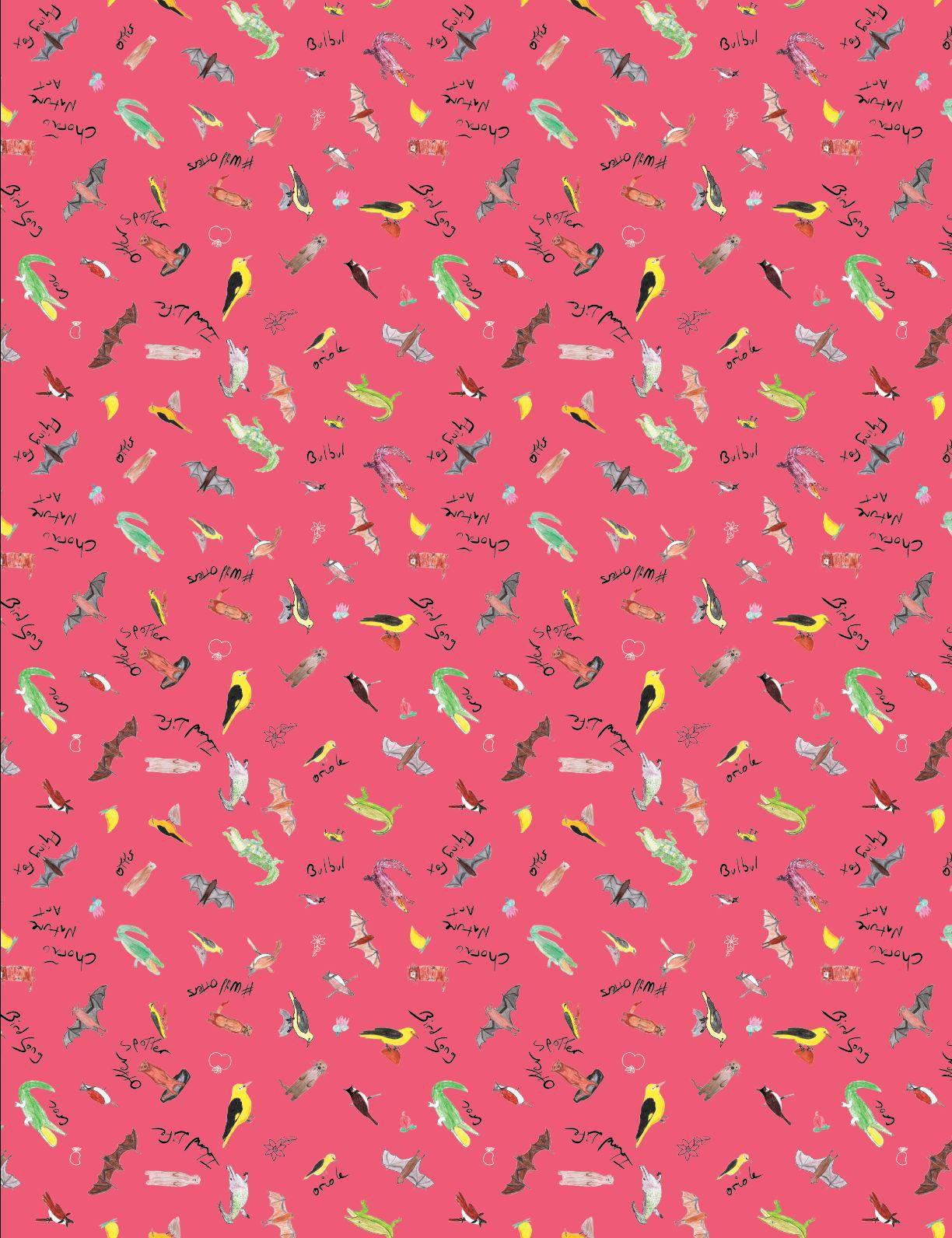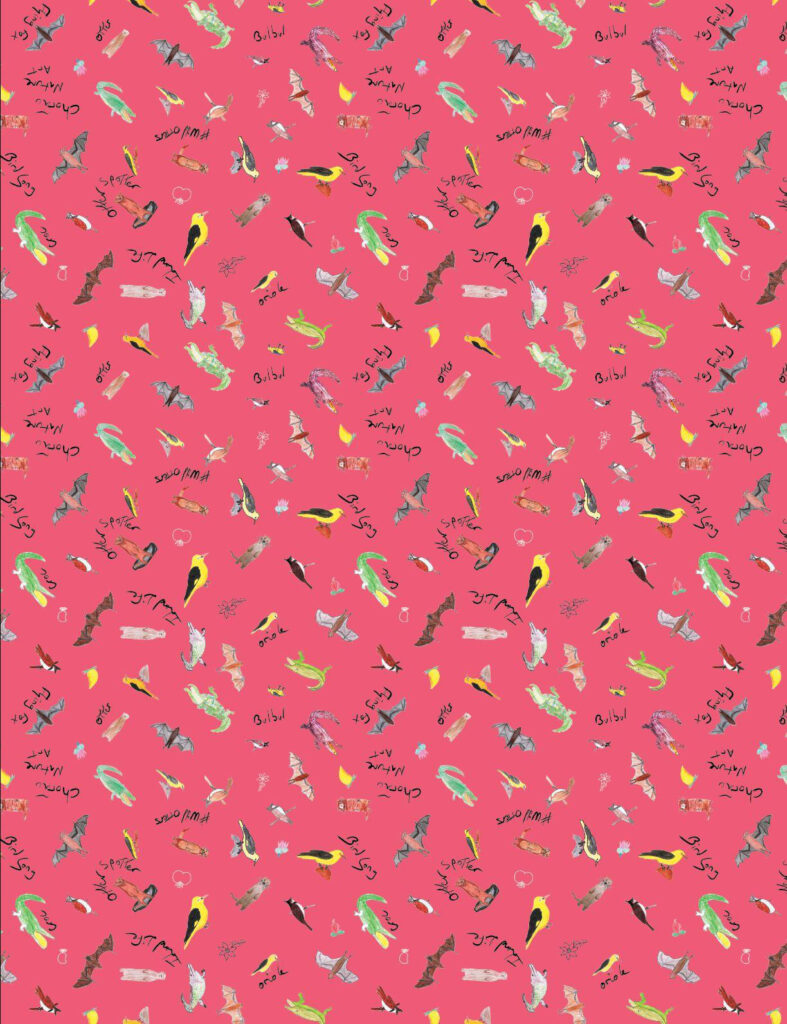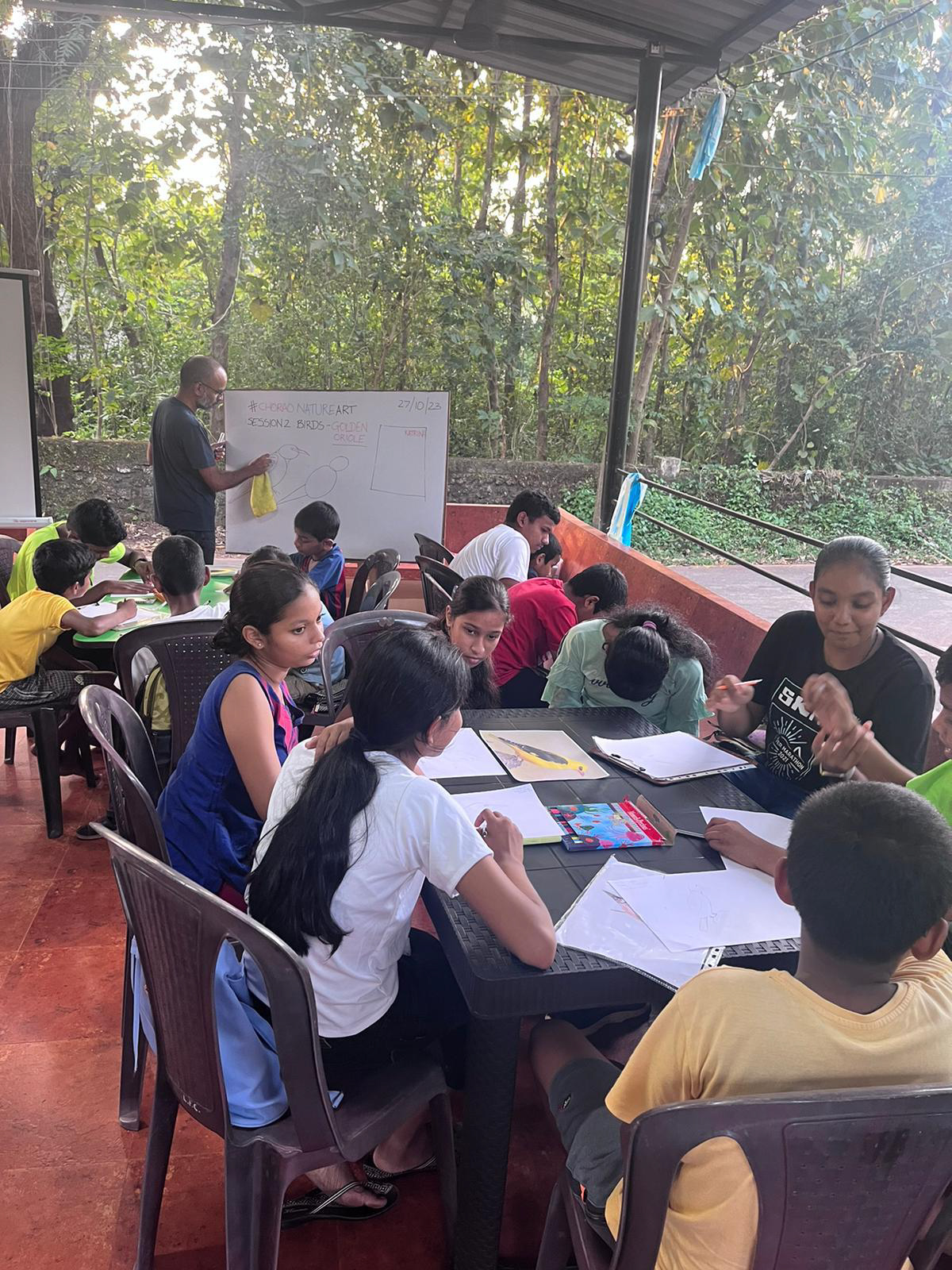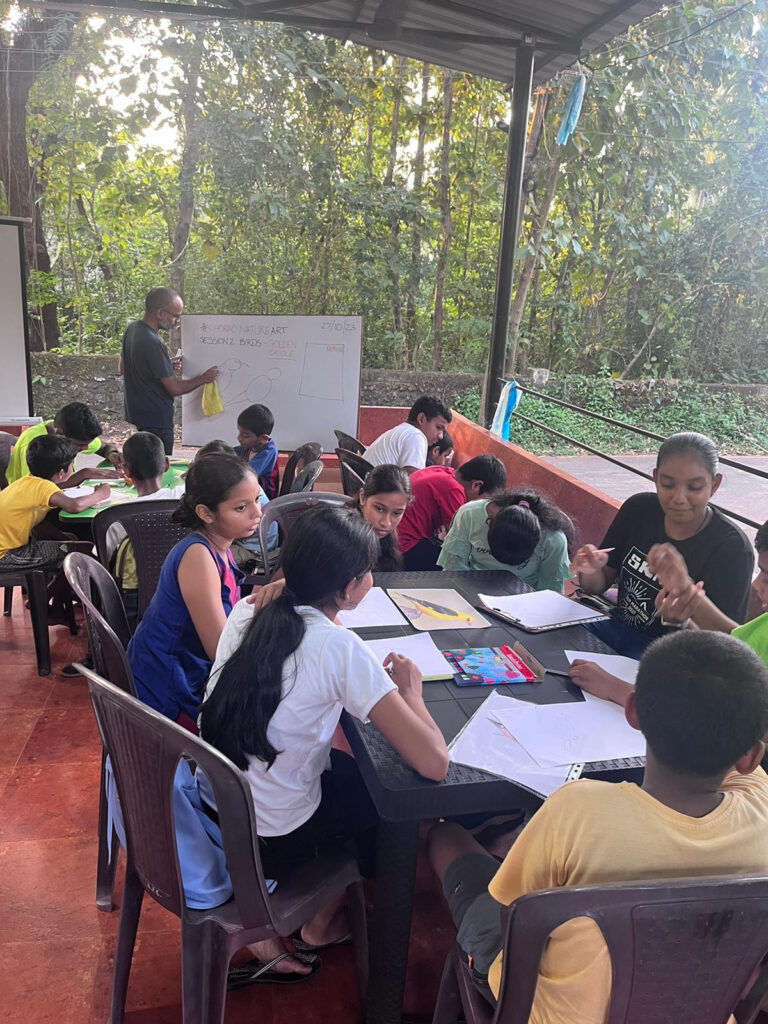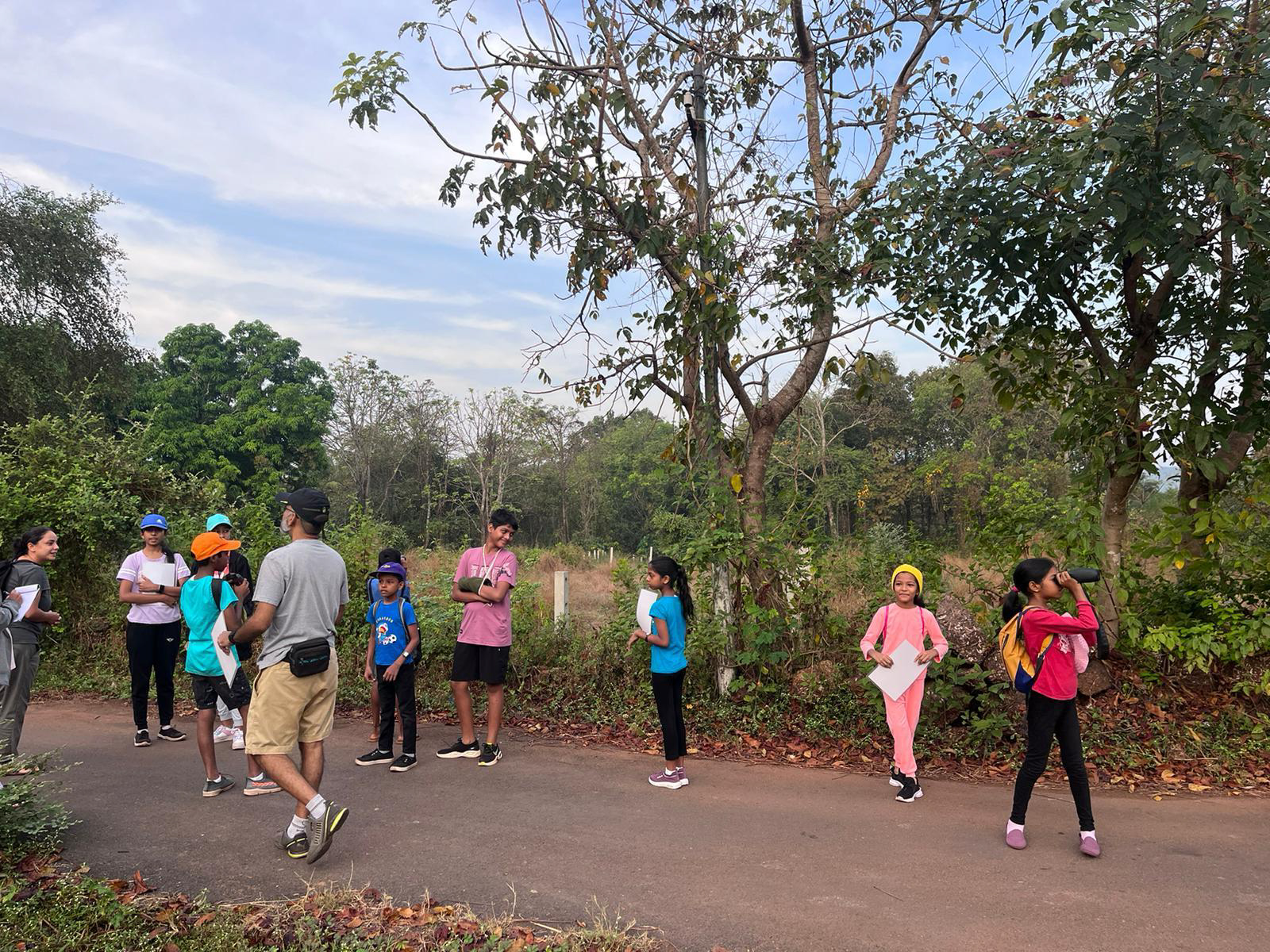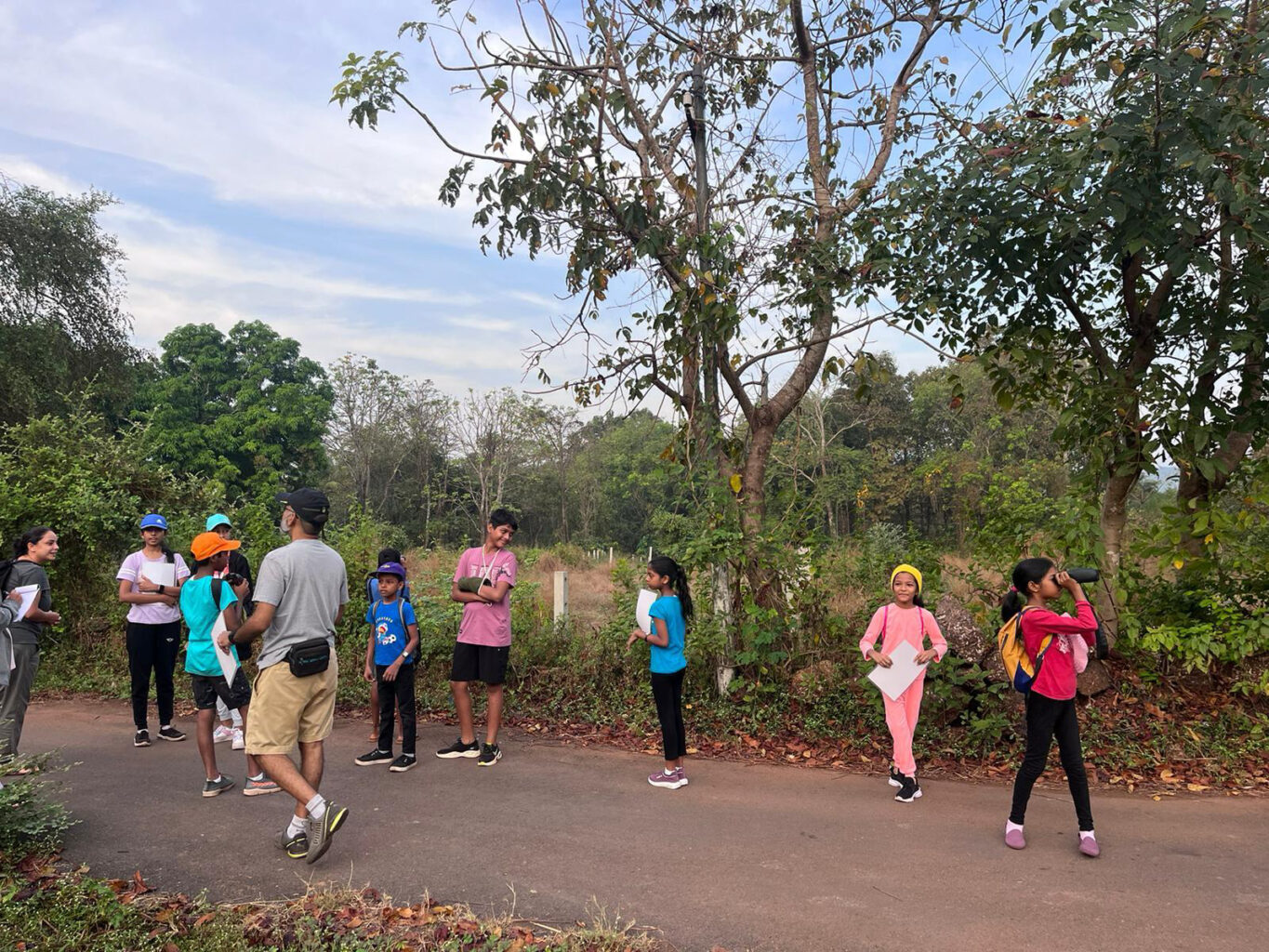Chorão (Choddnnem) Island is a large island near the mouth of the Mandovi River, on India’s west coast. Much of it is covered in mangrove forest, including the Salim Ali Bird Sanctuary, where there are more than 100 species of birds. Nine species of mangroves are present.
Hundreds of years ago, under Portuguese rule, people on the island created large communal fishing pools using low earthen levees and gates, in a method unique to Goa called khazan. People still fish in the pools. The pools are bordered by mangroves and are full of wildlife: porcupines, crocodiles, civets, jungle cats, snakes, mongoose, flying foxes, jackals, crocodiles, turtles, and birds. But local people routinely kill fish-eating animals, including smooth-coated otters, which the IUCN classifies as vulnerable and declining. Otters are also hunted for body parts and sold as exotic pets.
A local NGO called Wild Otters is working to change attitudes about these and other threatened creatures. It conducts education in local schools and holds regular mangrove cleanups. To protect mangroves and wildlife in three pools of about 2.4 acres each, they will also:
- Promote ecotourism. Goa is a popular tourist destination, but many people who visit the bird sanctuary ask for more nature-related things to do. An interpretive center, observation deck, and viewing area will give people a place to learn about local ecosystems. Wildlife murals in popular cafes will publicize them.
- Train local people as wildlife guides. Guiding tourists is a viable alternative to fishing—and the less reliance on fishing, the less human-wildlife conflict. Project partners are teaching local people to lead mangrove tours.
- Make conservation profitable. Landowners will keep trash out of the water and forest, help wildlife thrive, host canoe trips on their pools, and let Wild Otters built wildlife viewing spots. They could also offer artisanal fishing experiences or crab-gathering outings, and sell food to visitors.


